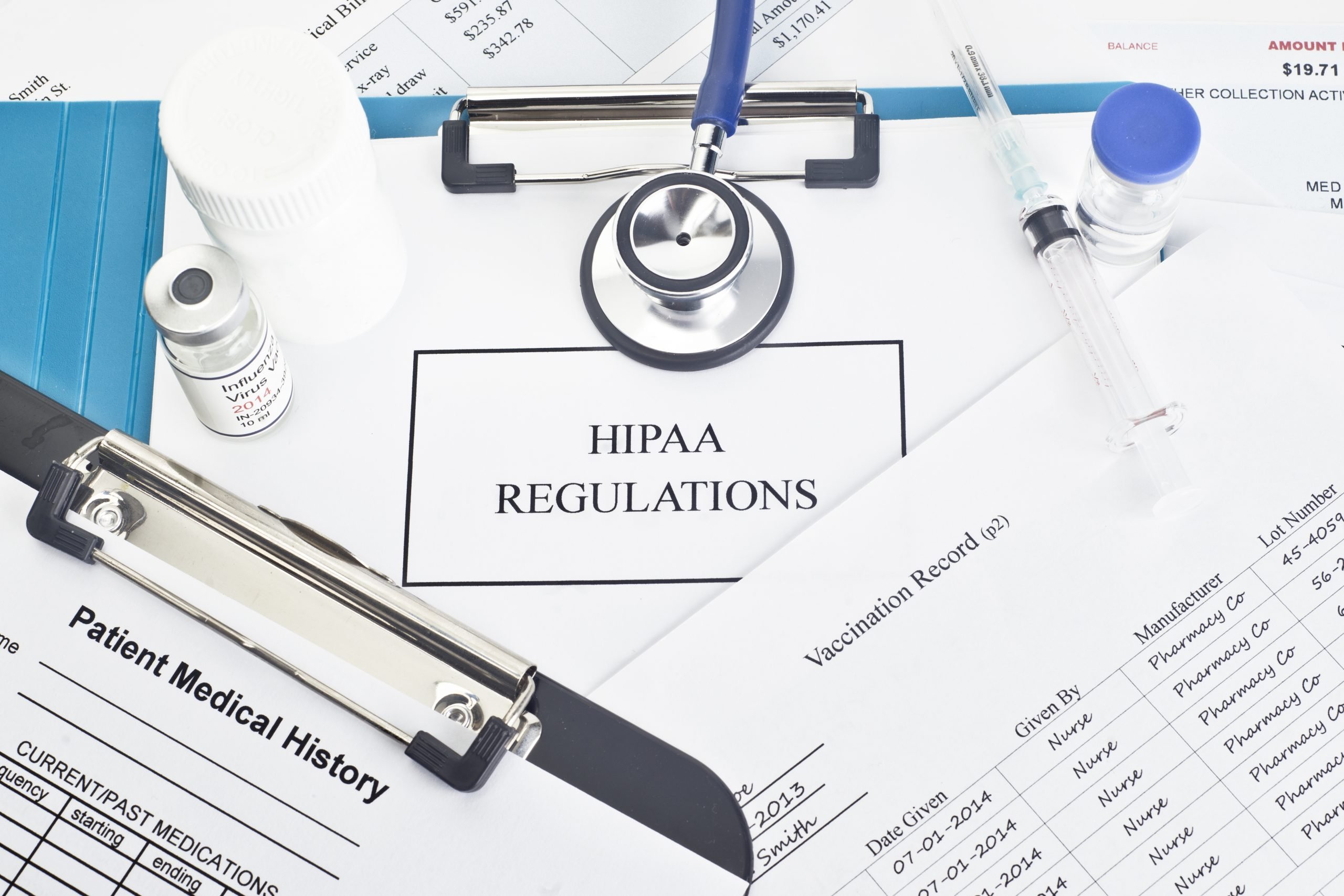As a health information professional with years of experience, I’ve seen the definition of the Legal Health Record (LHR) change with the emergence of the electronic health record (EHR). As a custodian of medical records, a designated position at most hospitals, maintaining and producing a complete, standardized LHR upon request is an essential part of the job. Some specific items that should be considered for inclusion (or exclusion) when defining an organization’s evolving LHR for business and litigation purposes are listed below:

Outside records – The American Health Information Management Association (AHIMA) guidance states if medical documentation from other facilities was referenced when providing services to a patient, it becomes part of the official record so releasing it is necessary to support medical decision making. This includes information accessed through a Health Information Exchange (HIE). HIM Departments should establish a process to determine if outside records were referenced and if the information was used during care and follow specific State requirements on whether or not to release the information.
Patient-Generated Data – Patients are sometimes asked to maintain a log of their diet, daily blood pressures, body temperatures etc. Wearable mobile devices like fitness trackers and blood glucose monitoring devices are constantly generating health-related data. Where does all that potentially valuable information go? If provided and discussed during an office visit, it should be included in the defined LHR.
Images and Photographs– Do ALL diagnostic images and treatment photos, including scope and ultrasound pictures, get stored in either the PACS or EHR? Or do they live in various devices and systems around the organization? Can they be located and printed consistently in a high-quality manner? If not, they should not be included in an organization’s LHR definition. Since they are still clinically relevant and can be specifically requested, policies governing their retention and privacy are still needed.
Non-Medical Documents – Just because something is scanned in the record does not mean it is automatically part of the LHR. Often photo identification and insurance cards are scanned at each encounter but are not clinically relevant and a facility may not want to maintain them for the extent of the state’s retention period. Similarly, forms like Valuable Tracking logs are only relevant for approximately 6 months if an item was lost during an admission. To include correspondence like no-show and dismissal letters in the LHR means the patient would have a right to request amendment of those documents, so consider those factors when making decisions about such items.
Other Data - Patient Portals have provided a secure alternative to traditional e-mail communication between patients and physicians. If messages contain treatment instruction, the conversation chains should be incorporated into the EHR and designated as part of the LHR. Pop-up alerts, preliminary drafts, video recordings of tests or procedures, audio recordings like heartbeat, dictation voice files and telephone messages containing PHI cannot easily be released so it is important to clarify how these historical items can be recovered. And remember, just because an item is NOT defined as part of your LHR definition, doesn’t mean it can’t be specifically requested or subpoenaed.
Custodians of the medical record need to have confidence when producing the “entire record" for a legal request and the knowledge that the information is complete. A strong policy, along with validation audits and close work with vendors to ensure consistency in content and page counts will build confidence that the LHR definition is reliably produced.

Debbie Boos-Neff, RHIA, CPHIMS
Senior Consultant
Debbie joined the Haugen Consulting Group with over 20 years of health information operations management experience. Debbie has been involved with all aspects of HIM, including departmental reorganization, workflow optimization, EHR implementation and decommissioning, document imaging management, coding and clinical documentation improvement assessments, data integrity and release of information.
Prior to joining the Haugen Consulting Group, Debbie held a leadership position with a large academic medical center with responsibility for managing HIM operations, facilitating various committees and acting as system administrator for several business applications.
Debbie earned her bachelor’s degree in medical record administration from University of Kansas, Lawrence Kansas. In addition, she earned a bachelor’s degree in medical sciences from Midland College in Fremont, Nebraska.

Hi Debbie: I have multiple years of experience as a HIM leader in all sizes of hospitals and clinics. I’m not sure I agree with your statement about images and photographs. Almost always images are used as part of medical decision making so how would that be different than documents that are used for medical decision making. Perhaps, I’m missing something and I look forward to your clarification. Thank you!
Hi Donna – Thank you so much for your inquiry. Here is the response from our team:
Medical images and photographs ARE clinically relevant and used for medical decision making. The complication many facilities experience is in the centralized storage and quality reproduction of pictures when releasing the Legal Medical Record, especially on paper. If pictures are maintained in different systems and devices that HIM may not have immediate access to, it will be difficult to consistently include them in the LHR definition and release them consistently. When records are released on paper, the quality of a reproduced picture, especially using black and white printer, is compromised and may be completely unreliable. When documentation refers to and interprets what is seen in medical images, those reports would be part of the LHR and may meet the needs of many release requests. And while these considerations may drive some facilities to exclude medical images from their LHR definition, that does not mean they are not valuable and may be released upon specific request.
Please remember that If your organization does not struggle with issues related to medical images and photographs, it is appropriate for you to define them as a part of your LHR and include them in the print groups when producing the “entire medical record.”